Hey, you! Let’s play a game. Name five animals that start with Q. If you can’t, that’s perfectly fine because, in today’s post, you’ll learn about many animals that start with the letter Q!
Although not so common as other letters of the alphabet, there are still quite a lot of animals beginning with Q. that’s why we decided to create this blog post with many intriguing, unusual, adorable, bizarre, giant, and quick creatures.
You will learn multiple thrilling things about these animals that begin with Q, so if you’re looking this up for a school project or simply because you’re curious, you’re in the right place.
Have we missed your favorite animal that starts with the letter Q? Then let us know in the comments, and we will add it to this article.
Animals That Start With Q
Here are some of the coolest animals that begin with the letter Q.
Queen Alexandra’s Birdwing

Queen Alexandra’s birdwing, the largest butterfly species in the world, is kicking off the list of animals that start with Q.
The 11 inches long wingspan sports the most pleasant shimmery emerald green-blue. Stripes of black run over it.
This birdwing is restricted to the forests of the Oro Province in eastern Papua New Guinea.
Quail
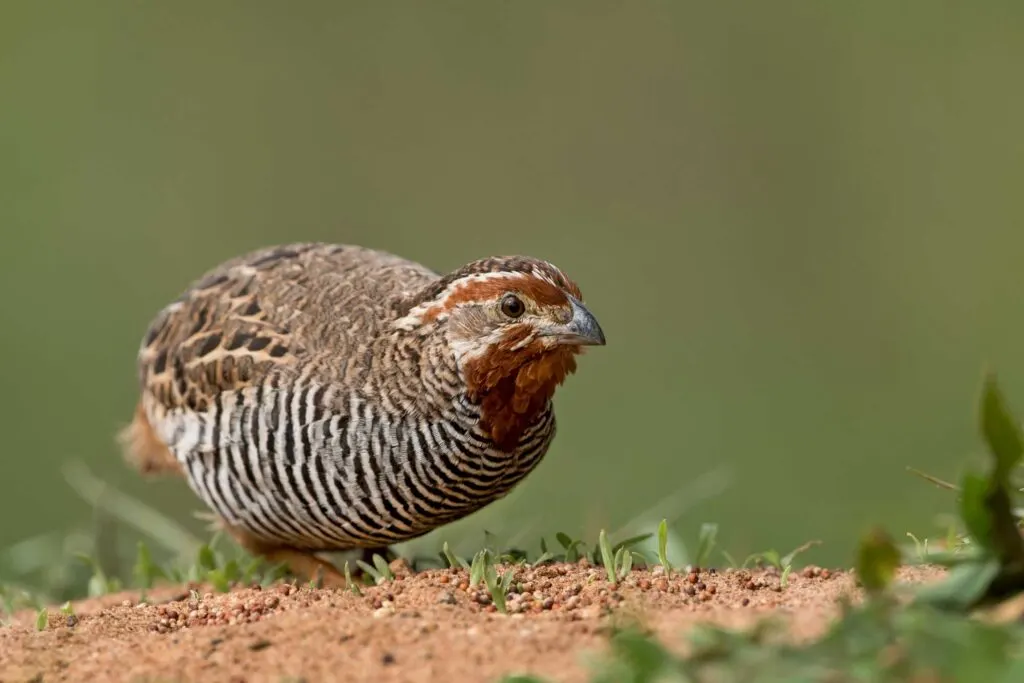
A ground-nesting creature of the pheasant species, quails are also known as common quail.
They can lay 20 eggs at a time. This is interesting, considering they barely weigh 4.9 ounces and are primarily vegetarian, though they might eat insects out of hunger.
Quetzal
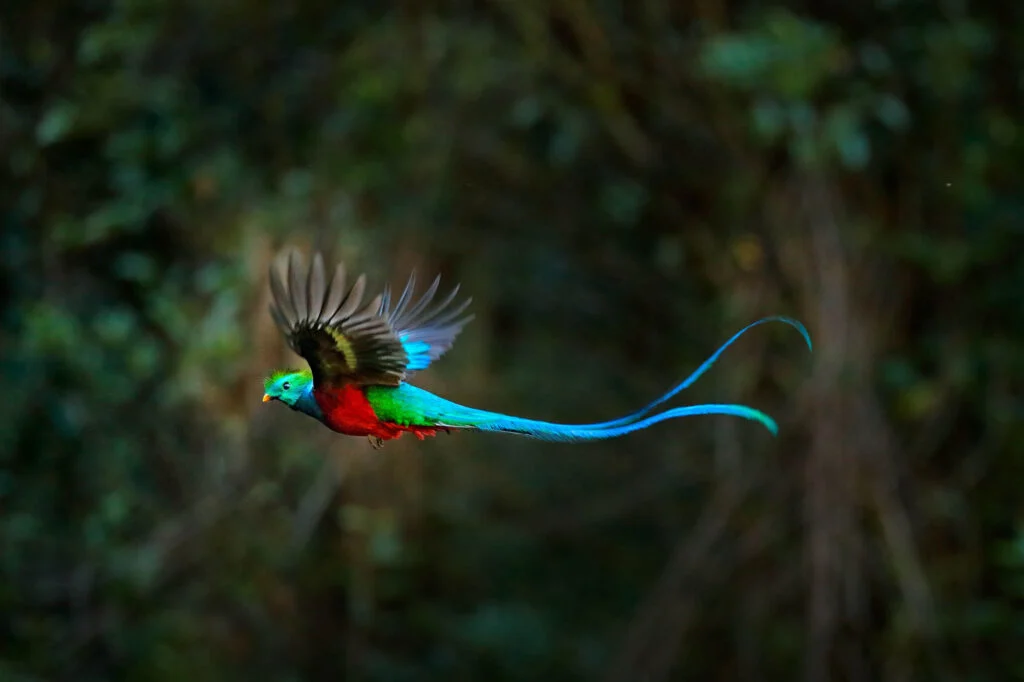
Red, blue, and green. Quetzals, also known as resplendent quetzals, have all the primary colors on their body.
Come mating season, the two tail feathers of the male quetzals grow about 3 feet.
Their name comes from Quetzalcoatl, the snake god, leading to their association with goodness. These colorful birds are the national bird of Guatemala and are found from Mexico down to Central America into South America.
Queensland Tube-Nosed Bat
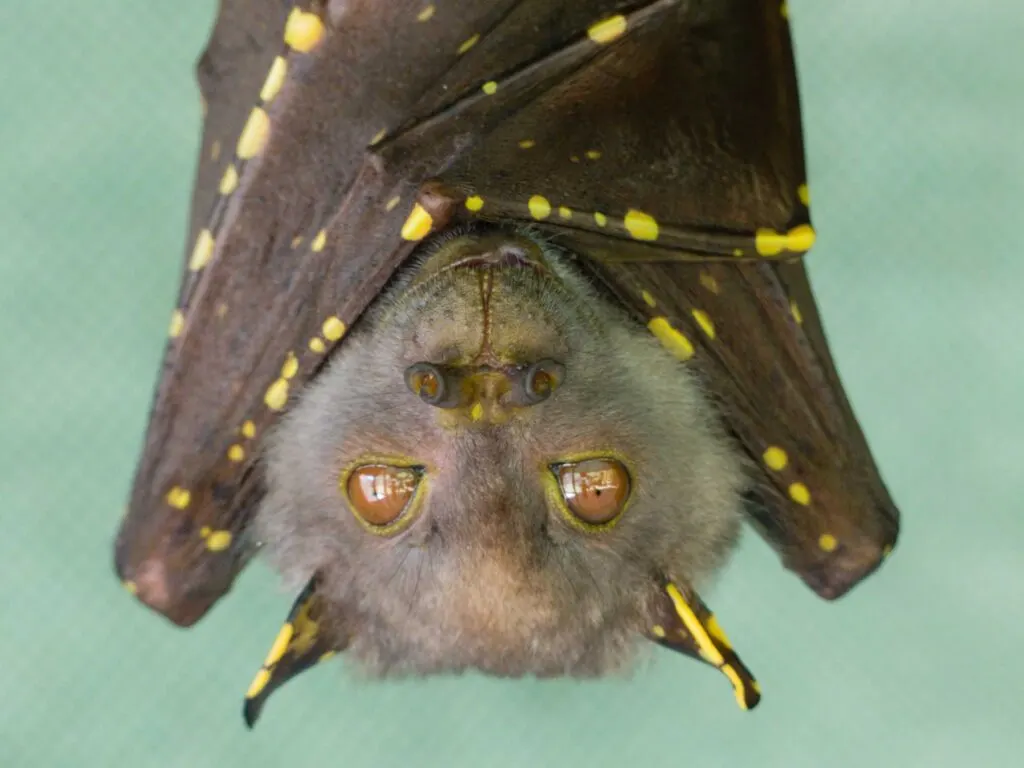
Native to northeastern Australia, these solitary animals get their name from their raised tubular nostrils, which is rare in the Pteropodidae family.
These bats are deep brown with grayish heads and yellow spots all over their body.
Quokka
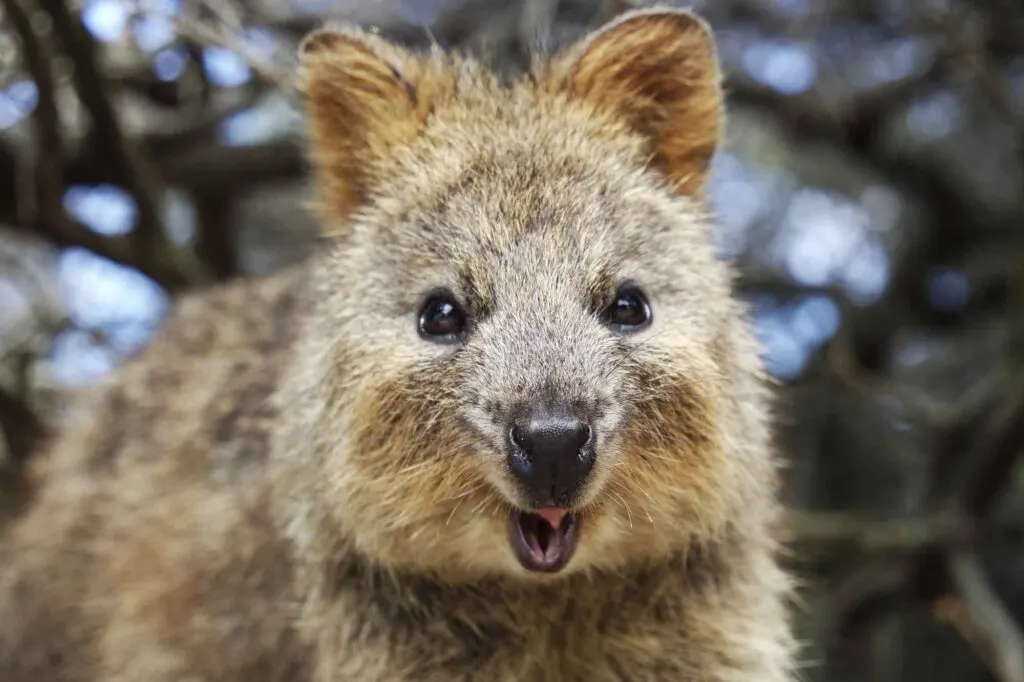
Also known as the happiest animals, quokkas are adorable marsupials, no bigger than domestic cats. They’re one of the friendliest animals, approaching humans independently, and always seem to have a smile on their faces.
However, the permanent smile on their face is due to the hot nature of Australia. The evolutionary feature helps them keep cool off.
Queen Snake
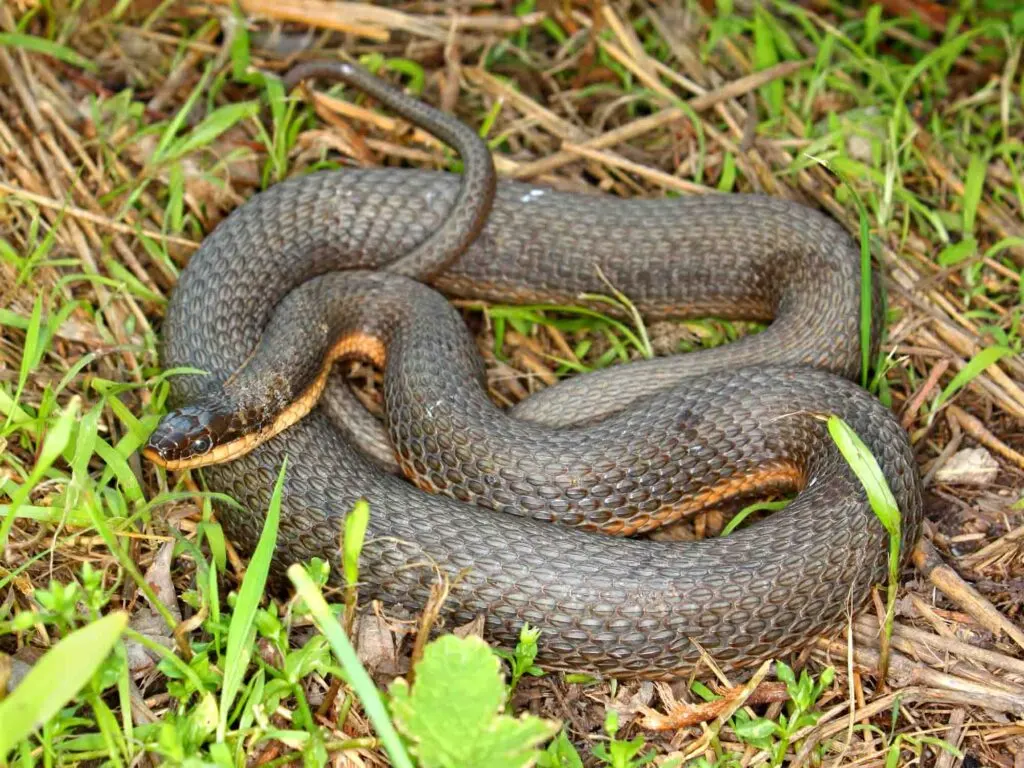
Only semiaquatic snakes have stripes down their entire body length. There are four stripes in adult queen snakes. The young queen snakes have seven stripes, three disappearing as they mature.
The taxonomical name, Regina septemvittata, has been kept for the same reason. Regina means queen and septemvittata translating to seven-stripes in Latin.
Queen Victoria’s Riflebird
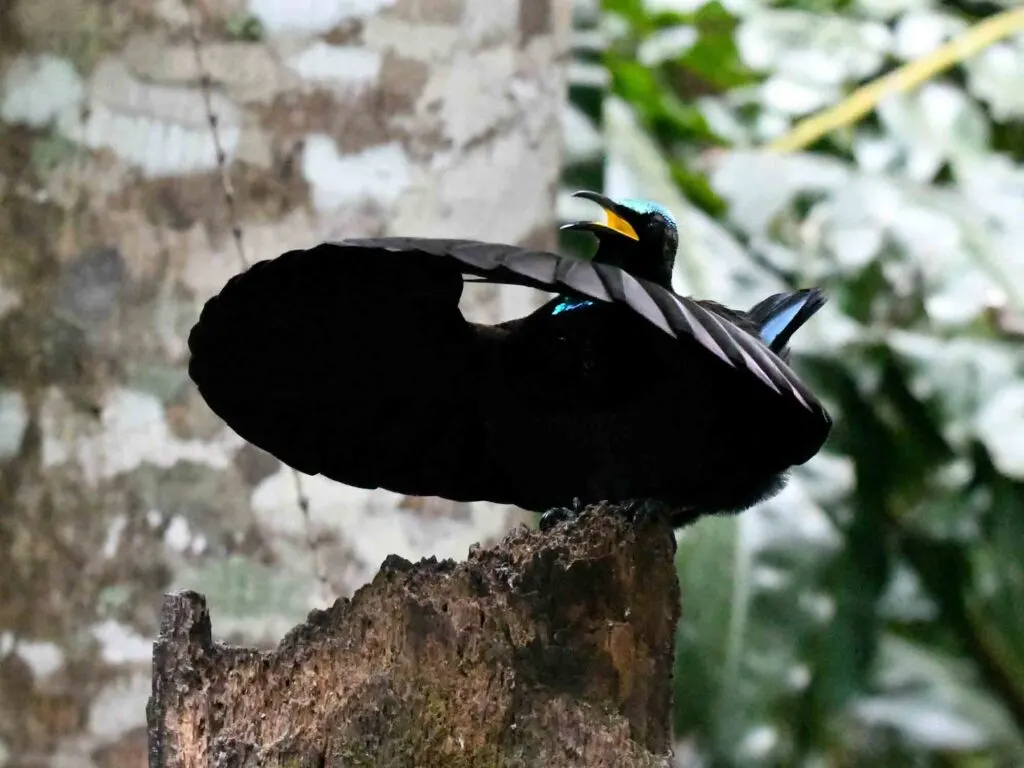
The year-round residents of Atherton Tableland in Australia, the Queen Victoria riflebirds, are black birds with a lagoon blue neck and tail, which make them some of the coolest birds.
As you guessed, the name comes from the Queen of the United Kingdom herself. Paradise riflebird and the Queen Victoria riflebird are birds-of-paradise types that have a similar call.
Quahog
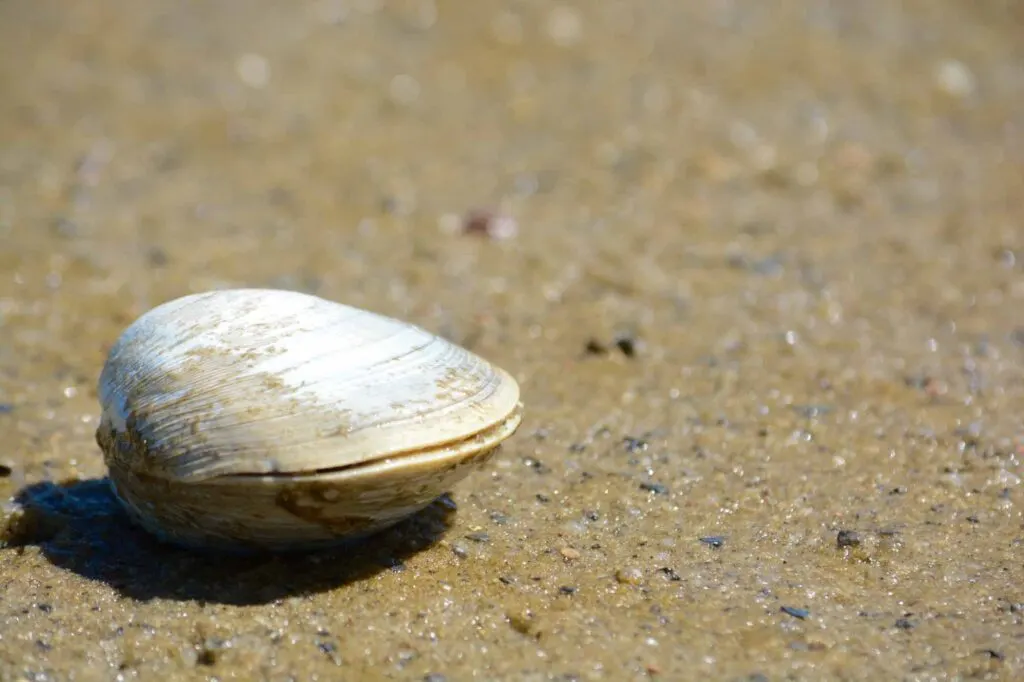
Quahogs are a species of clam humans can consume. These are hard clams that come in gray or white variants.
These clams hide under the sand or clay. They’re genuinely small, barely reaching 3 inches. Their feet are strong and muscular, helping them move long distances despite their size.
Queensland Blenny
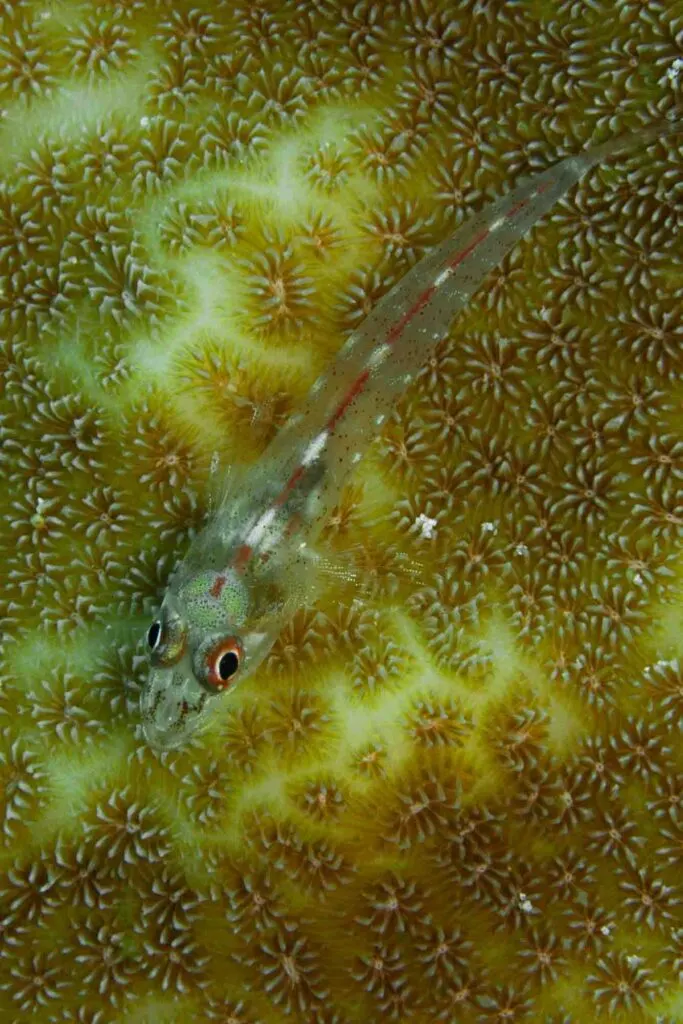
The word Queen is a common factor for animals that start with Q.
This species of fish belongs to the combtooth blenny family, in the coral reefs of the Pacific Ocean, specifically in the west.
Australians call them Queensland blenny, but they’re also known as many-toothed blenny.
Queen Butterfly
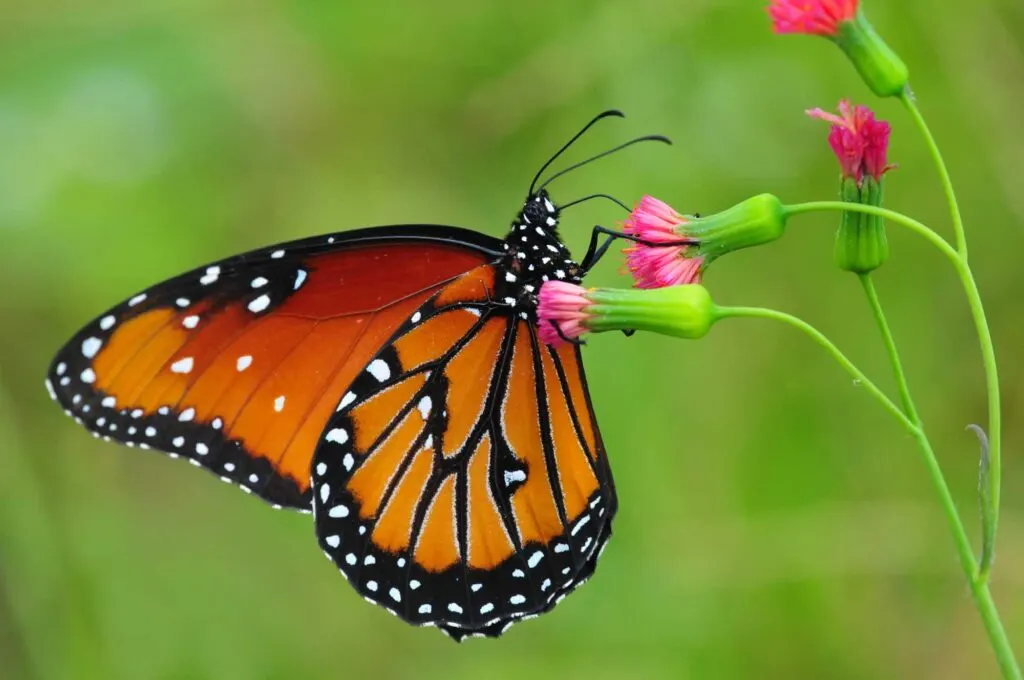
While sharing similarities, queen and monarch butterflies differ when it comes to the white spots that span over the edge of their hind wings.
Most of the wing is black or orange with black on the borders. They retain the same toxicity in their veins that monarch butterflies do.
Queen Scallop
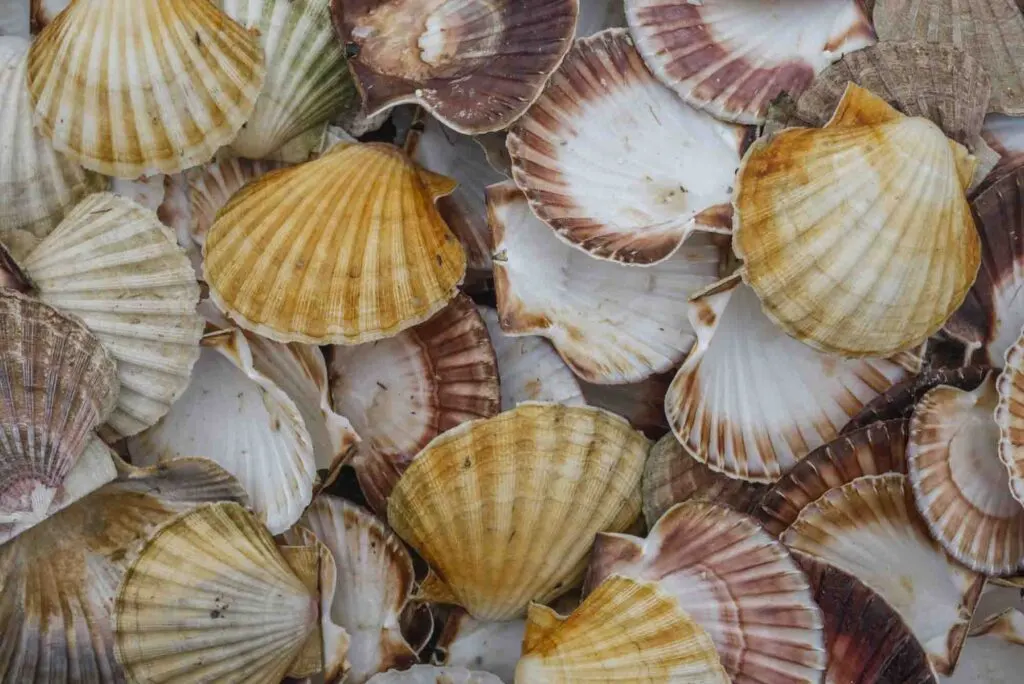
Queen scallops grow up to about 3 inches, usually frequenting the middle of tidemarks.
They’re edible, consumed both raw and cooked, often seasoned with garlic and sauteed with parsley.
They barely live up to 4 years, though they can live for 8 years easily.
Queensland Yellowtail Angelfish
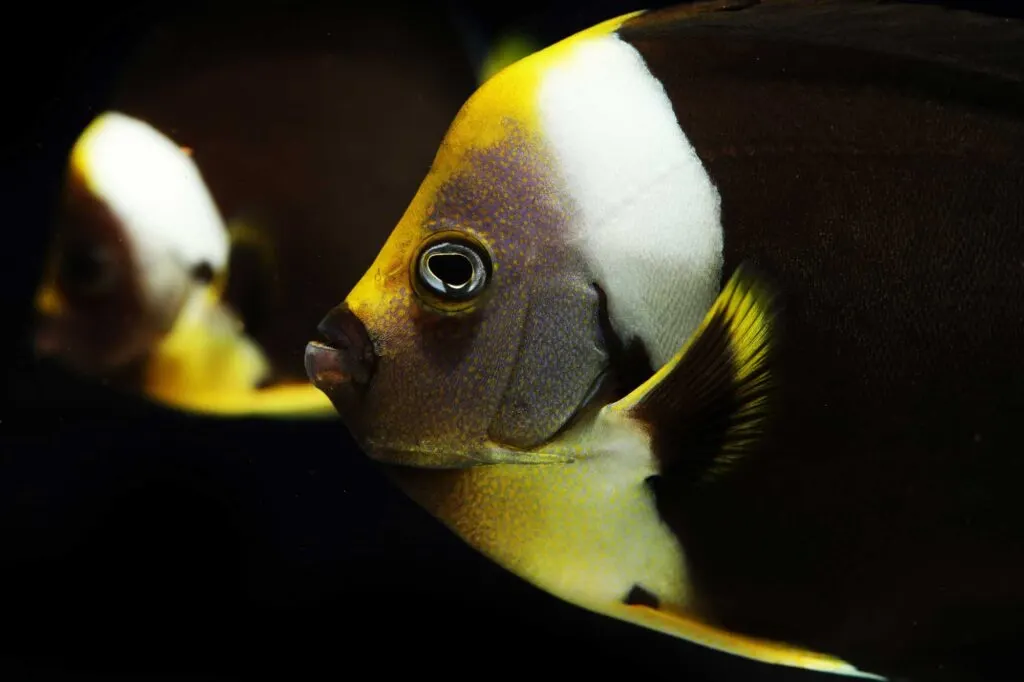
Australia is home to a wide variety of fish species, like the yellowfin angelfish.
These fish generally have a black body and blue head with yellow spots and a yellow fin.
They reach about 9 inches in length, with a head bigger than expected from a marine fish.
Quino Checkerspot Butterfly
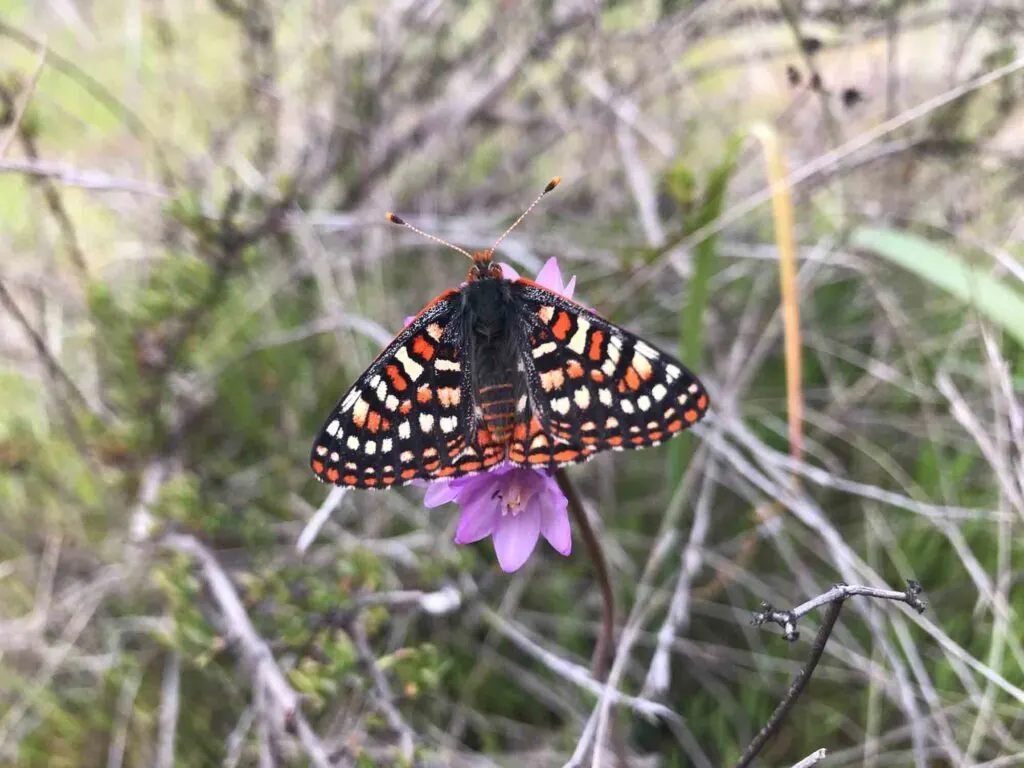
This butterfly species prefer open grasslands, making them home in North America, namely Baja California, Mexico, and southwestern California, United States.
Their entire body is brown, white, and black checked. Once one of the most common species in southern California, they’re now listed under the (American) Endangered Species Act.
Queen Charlotte Goshawk
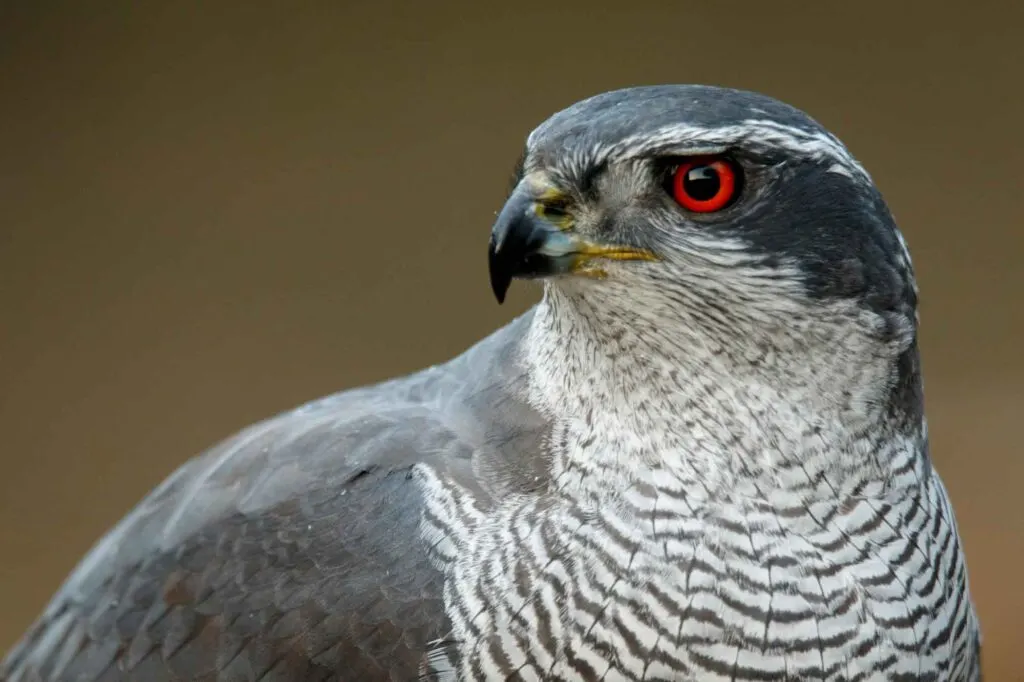
Another animal that starts with Q for Queen, Charlotte goshawks are birds of prey that can reach up to 25 inches in length.
Mainly spotted in North America, namely Canada and Alaska, the loss of trees all over their range has led to their endangered status.
Queen Triggerfish
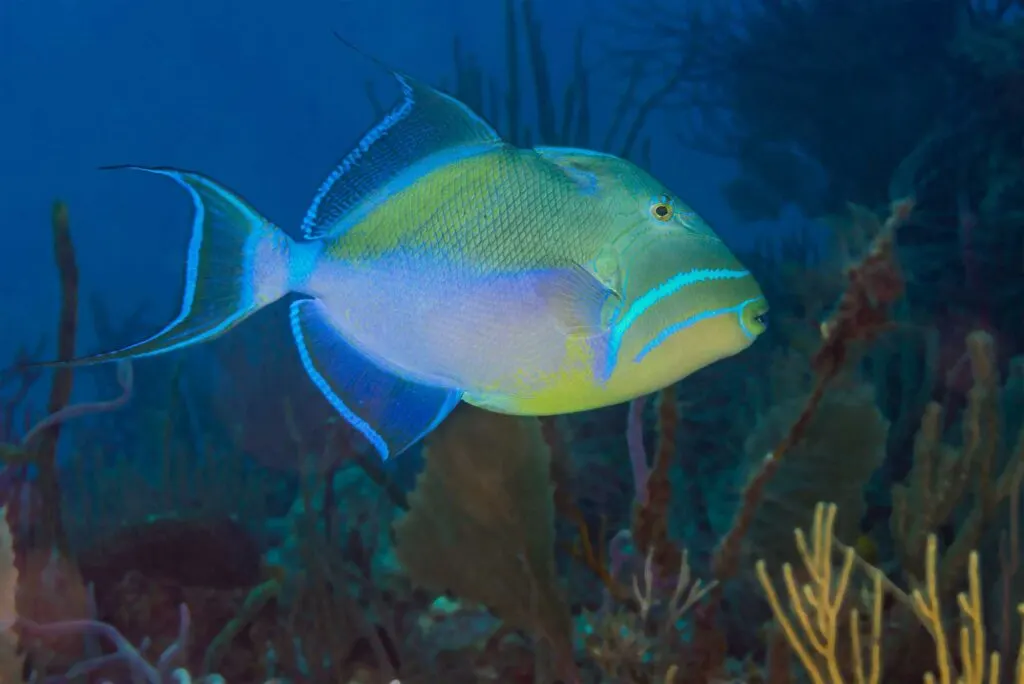
Also known as ‘old wife,’ the name for queen triggerfish came from the sound they make when they’re caught.
They tend to grind their teeth together, which is the sound source.
When caught, they lock their dorsal fin together, making it hard for predators to pull them out from the crevices they hid in.
Quail-Plover
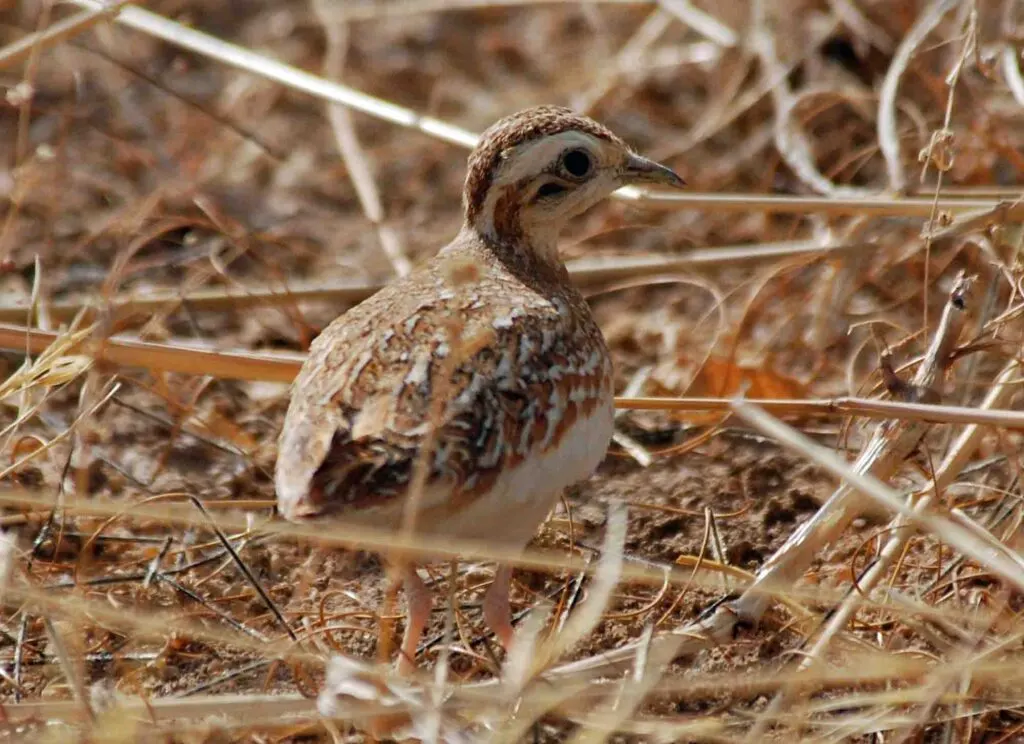
Quail-plovers are part of the buttonquail bird species. They’re adorably tiny, with an even shorter tail and a tendency to stay on the ground.
They have a white belly, head, and back covered in a dense patch of brown with the white peaking out.
Quagga Mussel
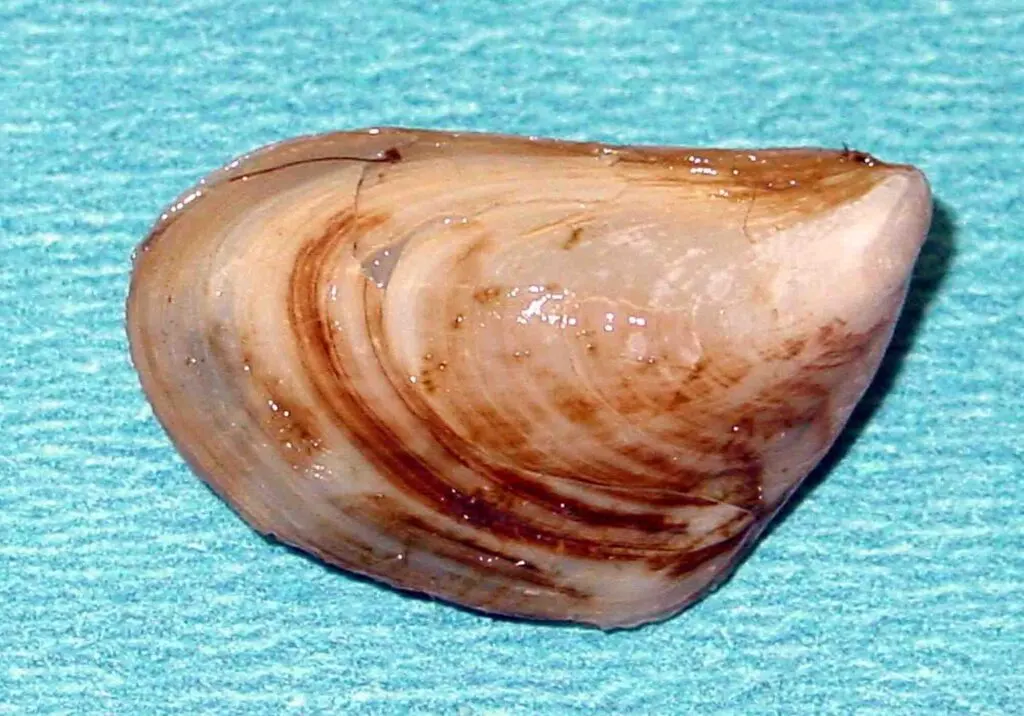
Quagga is an unusual name in the list of animals that start with Q.
Quagga originally refers to an extinct species of South African zebras. Here, the name is attached to mollusks with the same color scheme.
Queensland Lungfish
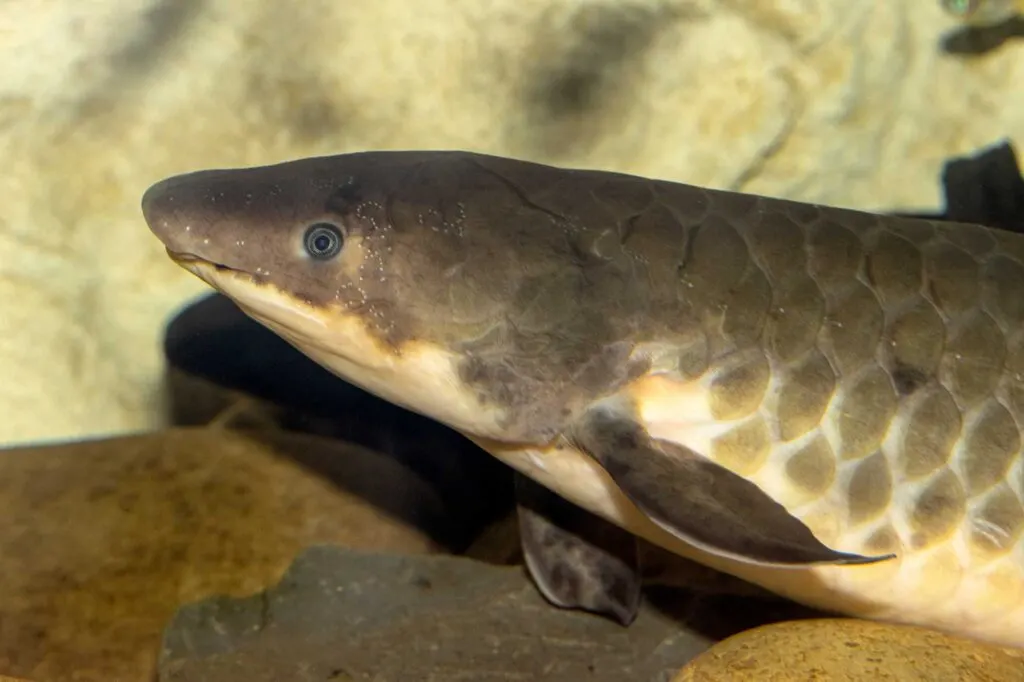
One of the six lungfish species in the world, they’re also called the Australian lungfish and Burnett salmon.
Queensland lungfishes have one lung and four gills, making them one of the rare fishes that can breathe on land and water.
Quailfinch
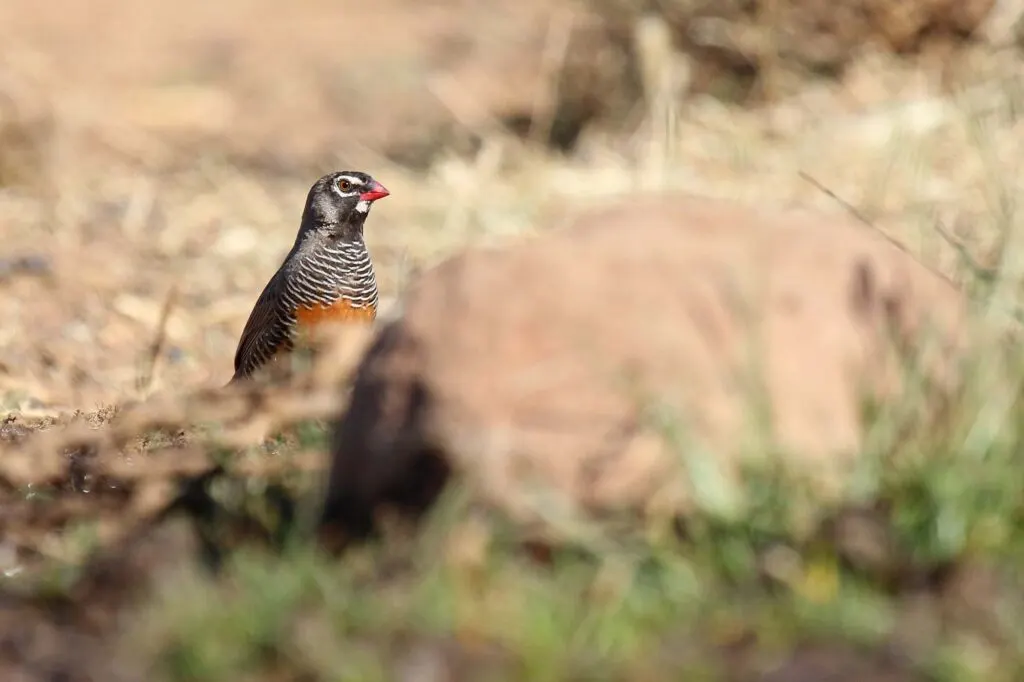
Finches of east and south Africa, the quailfinches have thick red bills which help their seed-eating journey.
They’re more land birds than fliers, accomplishing tasks with claws on their feet. They’re small, with an overall black body and patches of white on their belly.
Quagga
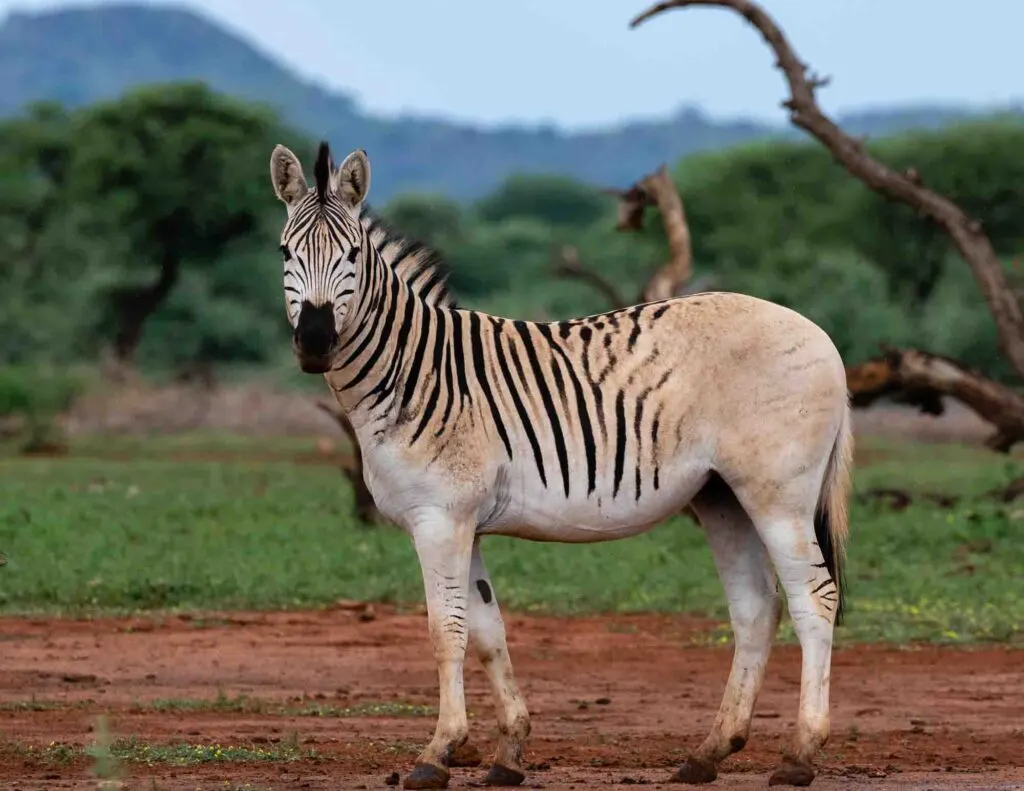
You already know that quaggas are extinct subspecies of zebras. They weren’t the tallest, reaching about 4 feet in height.
The quagga word comes from the Khoikhoi language and refers to the calls the zebras used to give out. In length, they are about 8 feet.
Scientists once believed quaggas were a separate species, but after genetic investigations, they came to the conclusion that these animals were actually subspecies of the plains zebra.
Queen Parrotfish
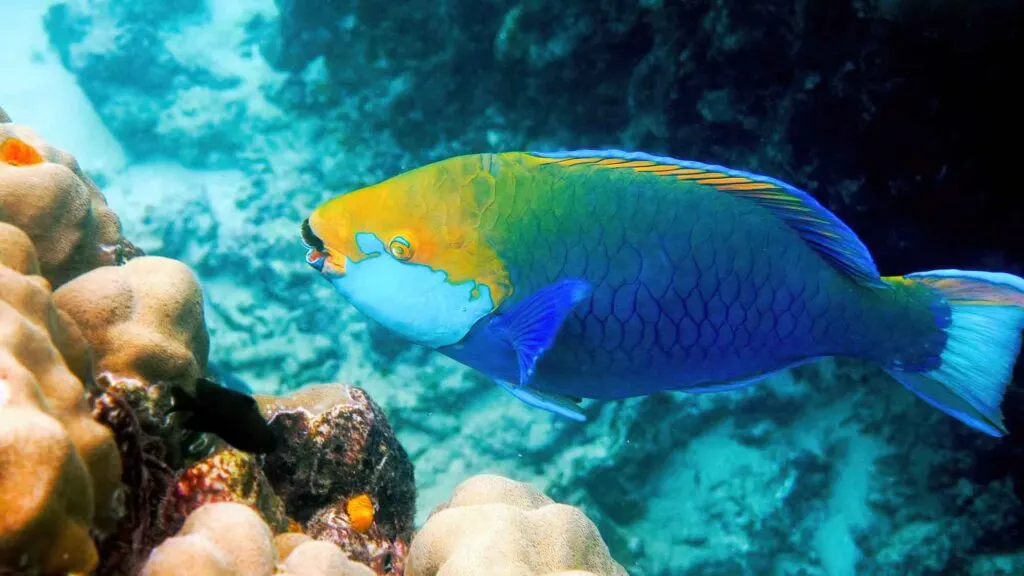
The reef dwellers of the Caribbean Sea and the tropics of the West Atlantic Ocean, queen parrotfish are shimmery blue with shades of purple.
While sleeping, they release mucous, which they surround themselves with. The scent protects these fish from predators.
Queen Purple Tip
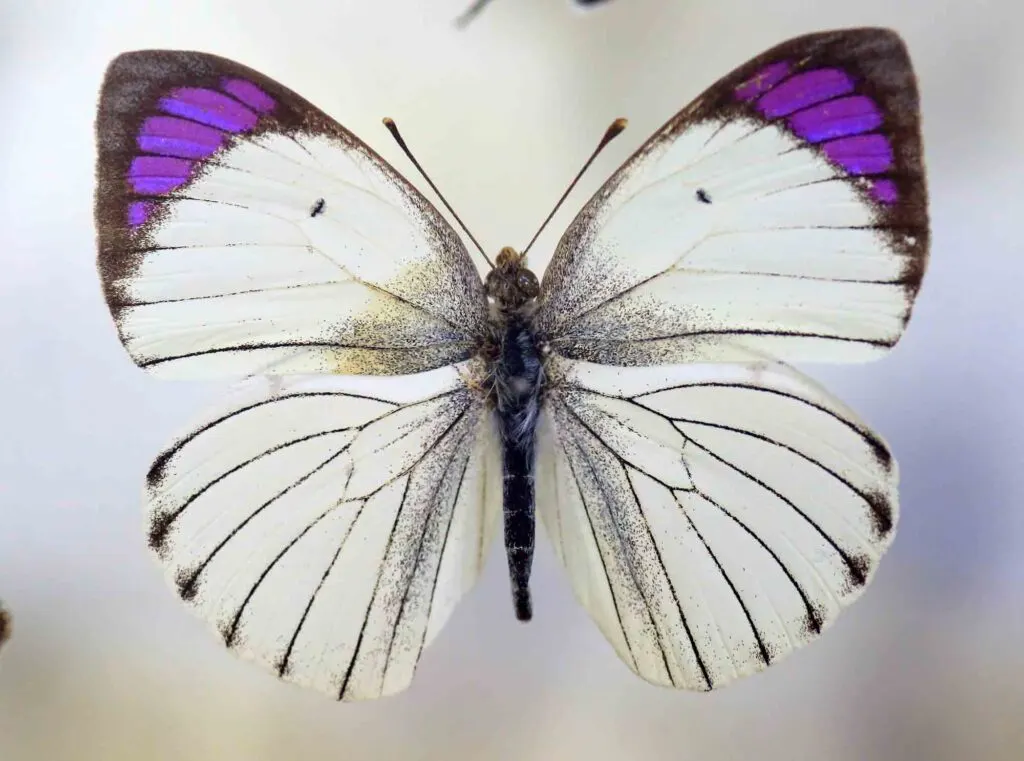
A feast for the eyes, queen purple tips are regal in every sense of the word.
They have white wings with neatly patterned purple at the tips. Much isn’t known about the species, except their appearance and their 2 inches wingspan.
Queen Snapper
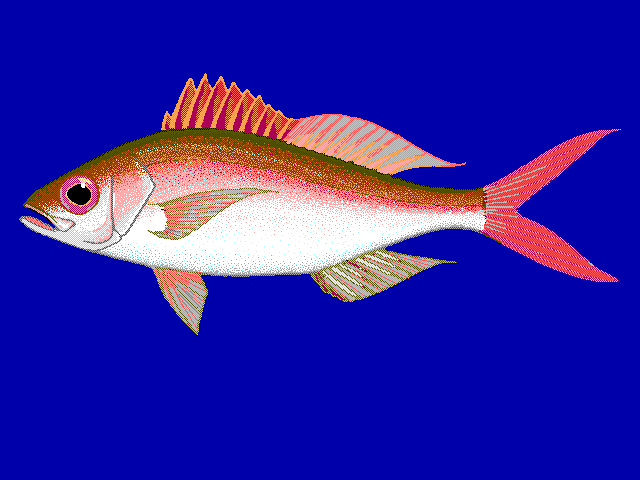
These ray-finned fish from the western Atlantic Ocean are part of the deep coral reefs.
They’re excellent at surviving in the ocean, living as close to 45 years and more.
Their bone structure has the added specialty of being able to sense and hear inside the water through vibrations.
Qinling Panda
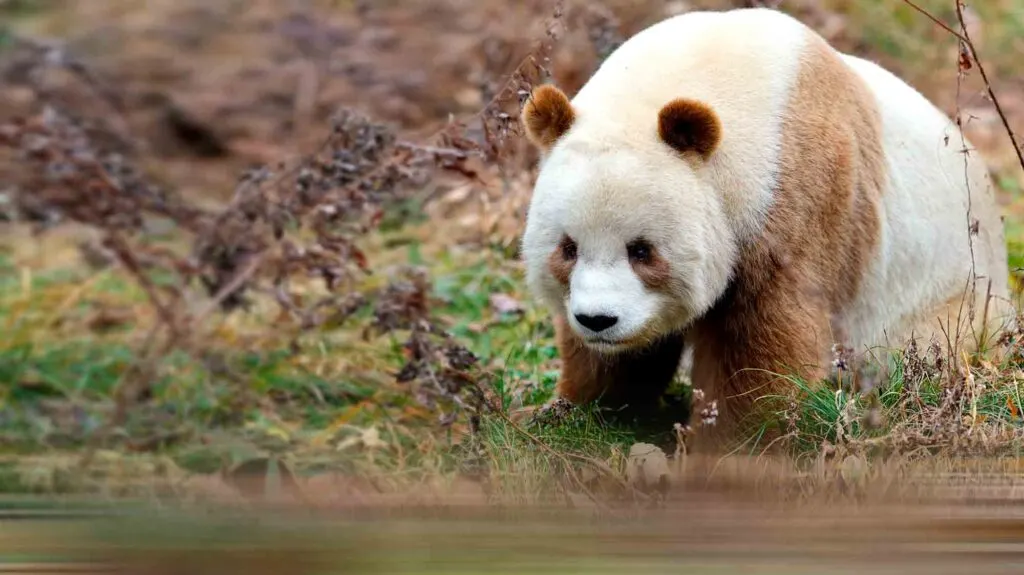
A subspecies of the giant panda, the Qinling pandas don’t leave the Qinling Mountains of China.
Their skulls are smaller than the giant pandas, and their fur mostly has dark and light brown coloration. They have a patch of brown under the yes.
Queen Malachite
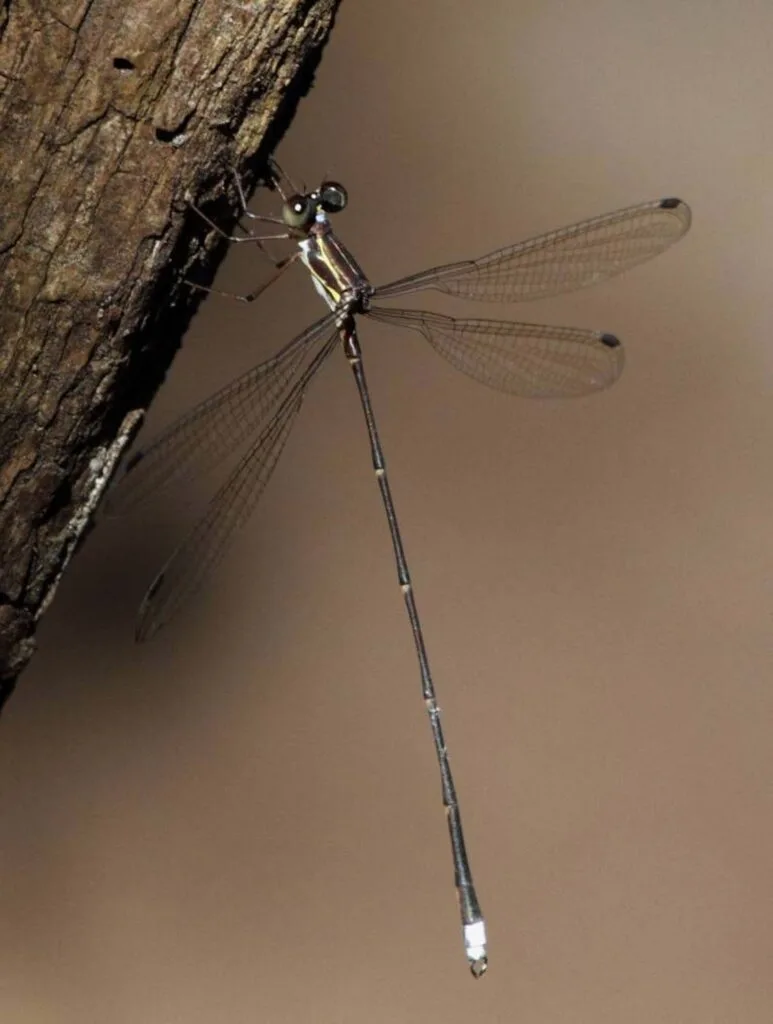
These South African species of insects are about 2.1 inches in length and have a wingspan of about 2.4 inches.
They flitter around fern trees with streams close by and under large trees.
The loss of forests threatens their existence, but they’re stable population-wise for now.
Queen Victoria’s Birdwing
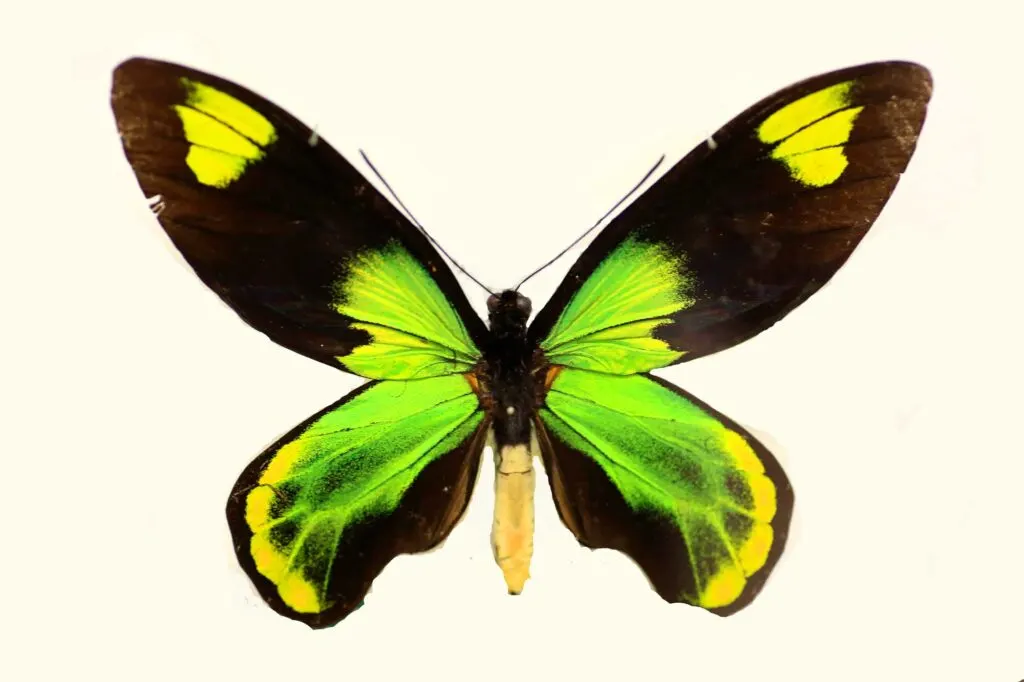
Queen Victoria seems responsible for the names of a good number of animals that begin with the letter Q, including this butterfly species from the Solomon Islands and Papua New Guinea.
They’re one of the prettiest butterflies, with soft green wings bordered with black and green at the tips.
Queen Mackerel
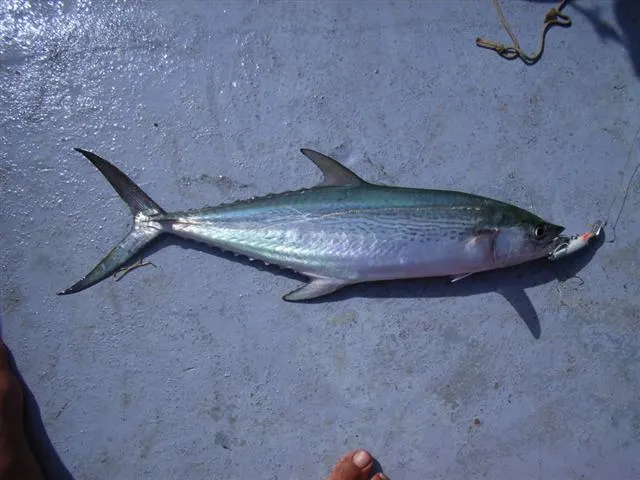
Part of the mackerel family, queen mackerel or Kanadi kingfish is entirely silver.
They weigh as much as 28 pounds and are about 47 inches long.
They feed on smaller fishes than them, ranging from squids and shrimps to anchovies.
Qazvin Vole
Not enough information about this species of rodent found in Iran has been gathered.
Similar to all voles, these creatures have a small body. Their small face has their round eyes.
They’re listed as Least Concern on the IUCN Red List of Threatened Species.
Qattara Gecko
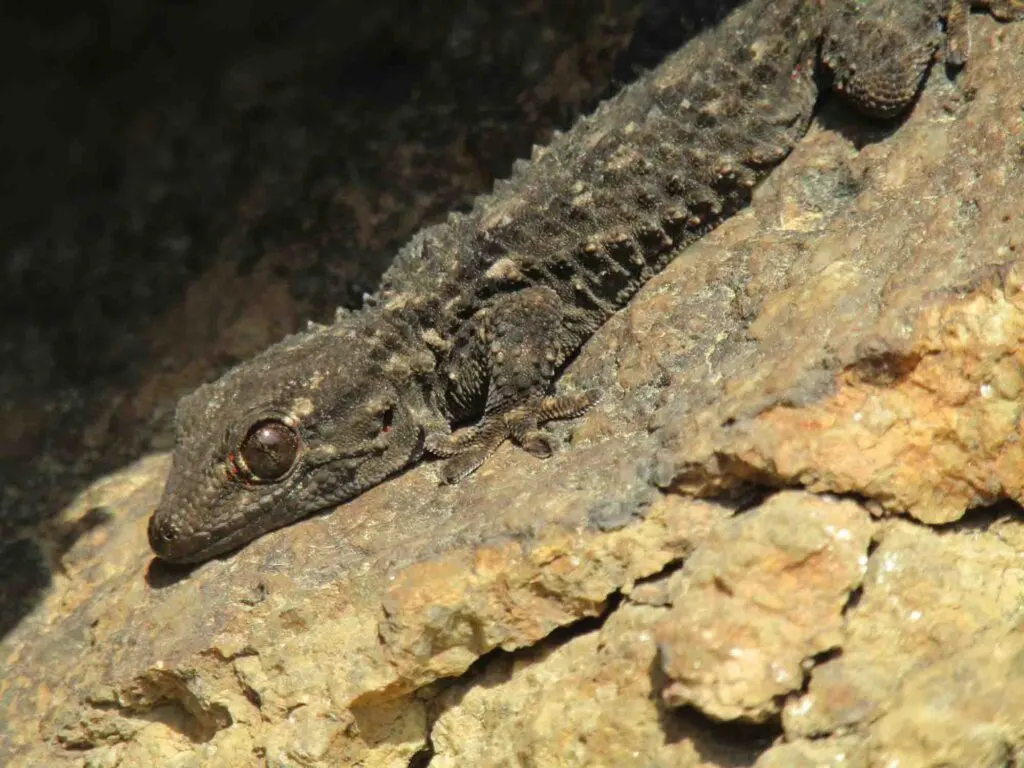
For geckos, Qattara geckos are relatively big and wide. Their size can be attributed to their habitat in Egypt and Libya, where the environment lets them thrive.
Their scientific name, Tarentola mindiae, comes from Mindy Baha El Din, an Egyptian environmentalist.
Quechuan Mouse Opossum
The opossum species is spotted in the Andes in Peru, south America, specifically in two separate sections of montane forest.
They have the characteristic elongated eyes, pointed ears, and furry bodies. Sadly, they’re one of the species with little to no information known about them.
Queensland Swiftwing
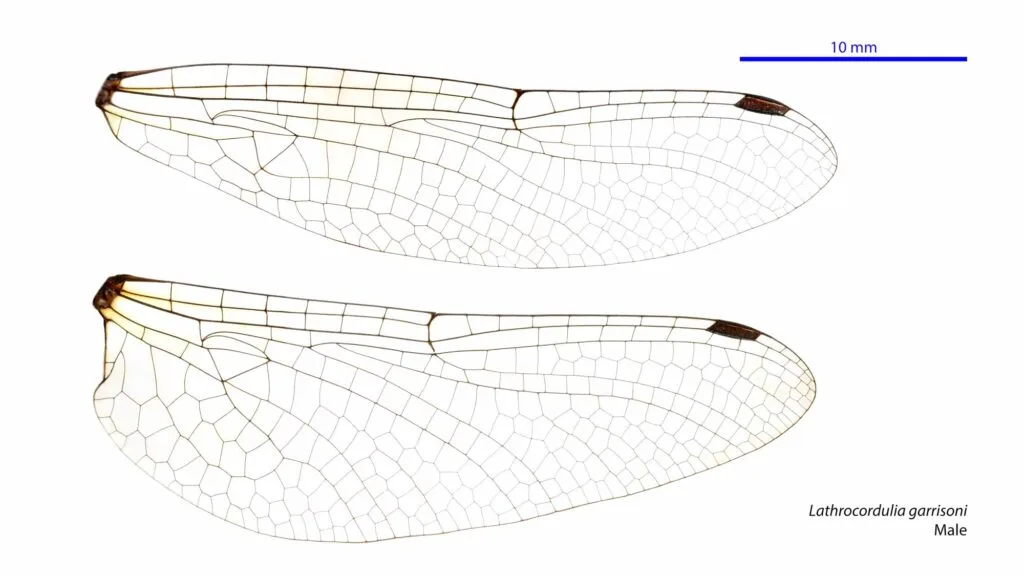
These dragonflies are native to northeast Australia. They prefer montane forests, which are characterized by subtropical climatic conditions.
Queensland is Australia’s second-largest state with diverse fauna, which is why many species are named after it.
Queensland Dwarf Goby
When they were first discovered, Queensland dwarf gobies were known as one of the smallest fishes.
They have a base layer of green with blue coating and red dots all over their body. They’re found along the dead reefs of Belau’s rock islands.
Queensland Deepwater Skate
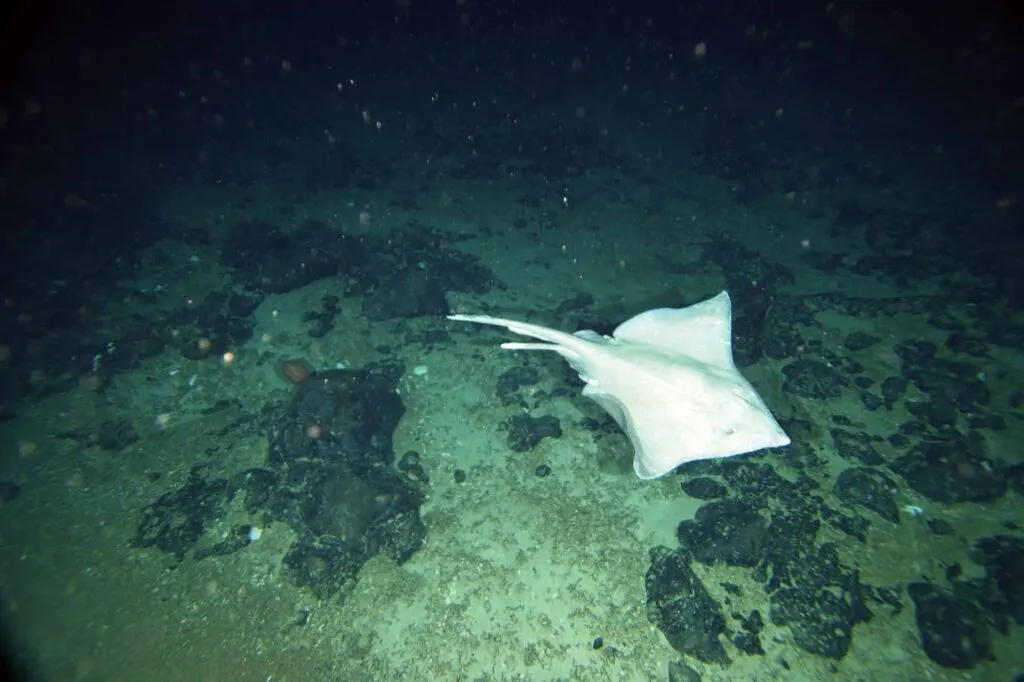
Queensland deepwater skates are skate fishes of the deep waters with a grayish-brown body. The undersides have gray to brown splotches.
This is a relatively rare species with a long and pointy snout. They have thorns and thorn patches on their bodies.
Queensland Cusk

Another native Australian animal, specifically southwestern Pacific, Queensland cusk fishes are tiny with a golden brown body. They amount to up to 1.22 inches in length.
They aren’t on the IUCN Red List because they haven’t been evaluated yet.
Quailfinch Indigobird
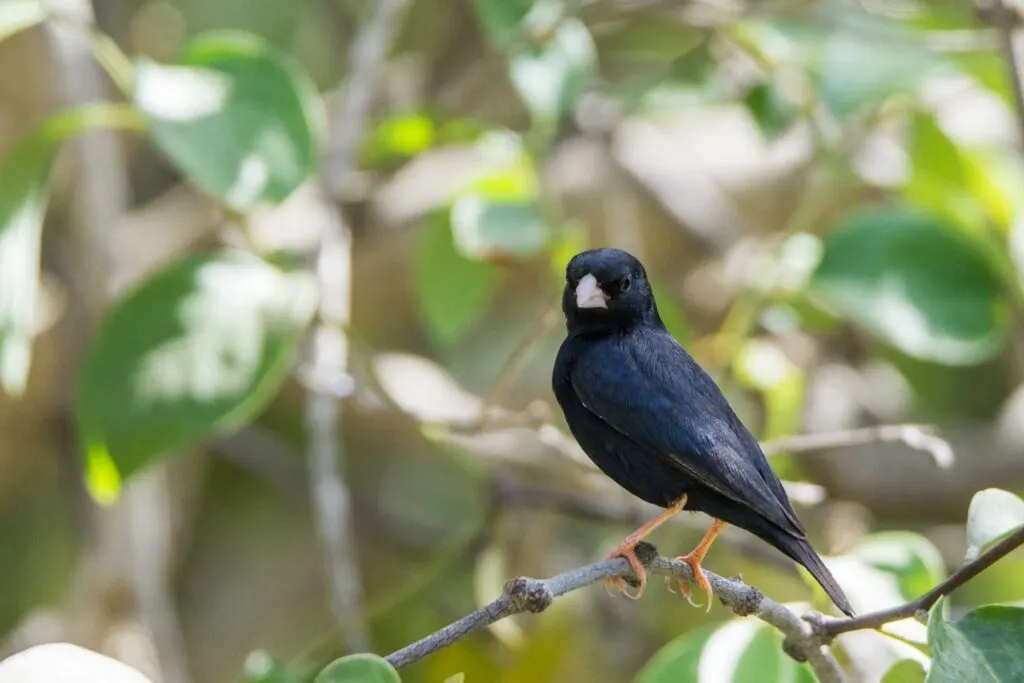
The small songbirds inhabit the river flood plains in Cameroon, Gambia, and Nigeria.
Quailfinch indigobirds have a midnight blue plumage, almost appearing black under some lighting.
Curiously, they are brood parasites, meaning they rely on others to raise their young. Quailfinch indigobirds will lay their eggs in the African quailfinches’ nest.
Queensland Malandella Stick-Insect
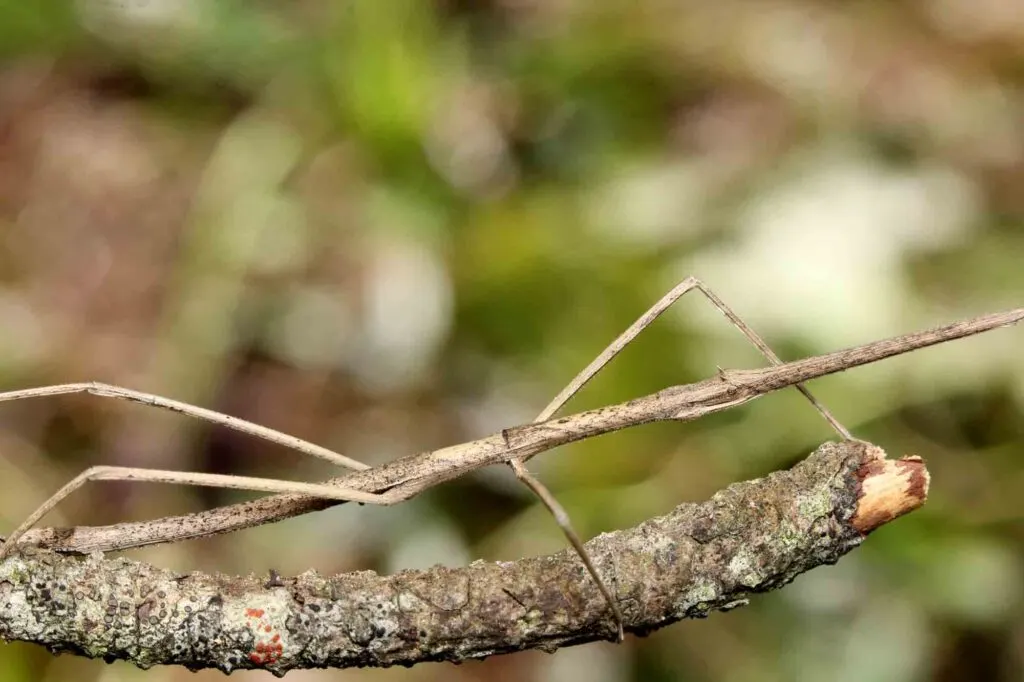
The last of the animals that start with Q, it’s another Queensland addition. One might mistake these insects for grasshoppers with their bright green body.
However, as you might have some hints from the name, they’re incredibly slick, showcasing a stick figure which blends in with the leaves stem.
Animal Alphabet List
Animals With Q
We hope you enjoyed this fun animal list! Feel free to share it with your friends on social media.
Are we missing any animals beginning with Q? Then let us know in the comments!
